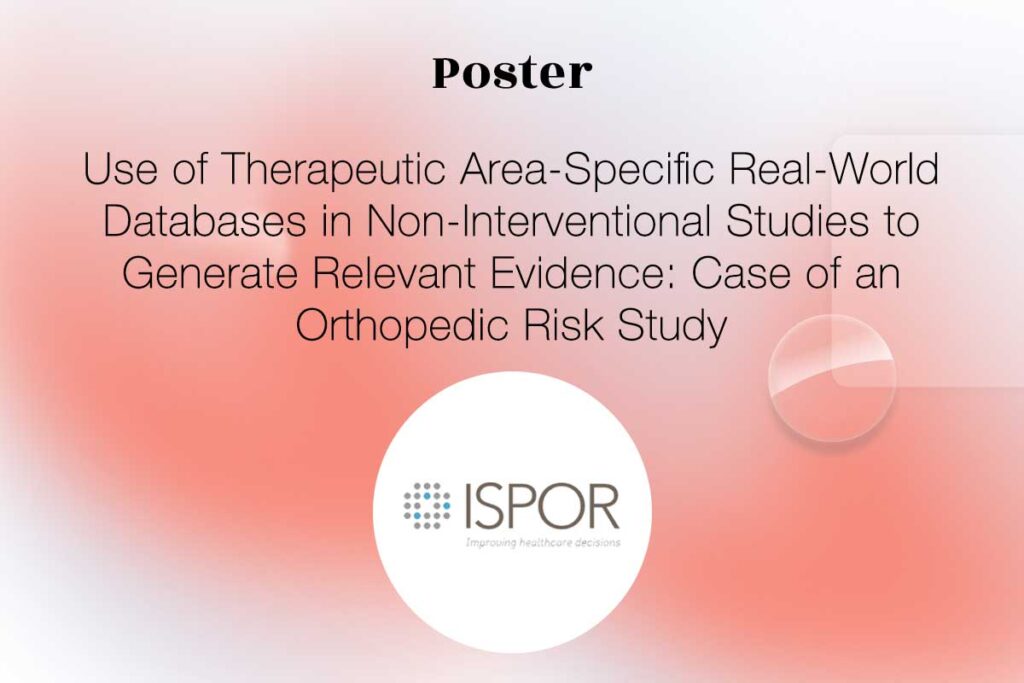Publisher: dom-pubs.onlinelibrary.wiley.com
Authors: F.L. Zhou MD, H. Watada MD, Y; Tajima MS, M. Berthelot MS, D. Kang MS, C. Esnault MS, Y. Shuto MD, H. Maegawa MD, D. Koya MD
Date: 03 May 2019
Abstract
Aims
To investigate the effects of sodium-glucose co-transporter-2 (SGLT2) inhibitors vs. dipeptidyl peptidase-4 (DPP-4) inhibitors on renal function preservation (RFP) using real-world data of patients with type 2 diabetes in Japan, and to identify which subgroups of patients obtained greater RFP benefits with SGLT2 inhibitors vs. DPP-4 inhibitors.
Methods
We retrospectively analysed claims data recorded in the Medical Data Vision database in Japan of patients with type 2 diabetes (aged ≥18 years) prescribed any SGLT2 inhibitor or any DPP-4 inhibitor between May 2014 and September 2016 (identification period), in whom estimated glomerular filtration rate (eGFR) was measured at least twice (baseline, up to 6 months before the index date; follow-up, 9 to 15 months after the index date) with continuous treatment until the follow-up eGFR. The endpoint was the percentage of patients with RFP, defined as no change or an increase in eGFR from baseline to follow-up. A proprietary supervised learning algorithm (Q-Finder; Quinten, Paris, France) was used to identify the profiles of patients with an additional RFP benefit of SGLT2 inhibitors vs. DPP-4 inhibitors.
Results
Data were available for 990 patients prescribed SGLT2 inhibitors and 4257 prescribed DPP-4 inhibitors. The proportion of patients with RFP was significantly greater in the SGLT2 inhibitor group (odds ratio 1.27; P = 0.01). The Q-Finder algorithm identified four clinically relevant subgroups showing superior RFP with SGLT2 inhibitors (P < 0.1): no hyperlipidaemia and eGFR ≥79 mL/min/1.73 m2; eGFR ≥79 mL/min/1.73 m2 and diabetes duration ≤1.2 years; eGFR ≥75 mL/min/1.73 m2 and use of antithrombotic agents; and haemoglobin ≤13.4 g/dL and LDL cholesterol ≥95.1 mg/dL. In each profile, glycaemic control was similar in the two groups.
Conclusion
SGLT2 inhibitors were associated with more favourable RFP vs. DPP-4 inhibitors in patients with certain profiles in real-world settings in Japan.








